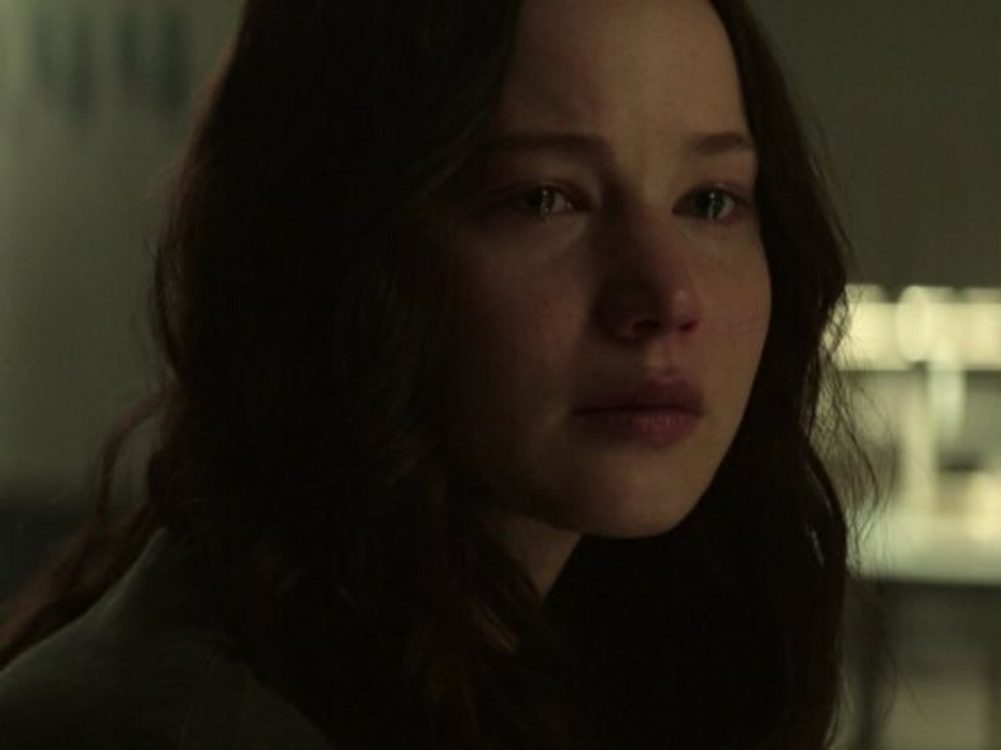My first experience with cliffhangers originated from a recurring segment in “Between the Lions,” a reading-based children’s show similar to “Sesame Street.” As a result of my PBS-based childhood, I would watch with undivided attention as animated explorer Cliff Hanger, who was literally grasping onto the edge of a cliff, would unsuccessfully try to save himself. However, every time the segment would end, Cliff would stay right where he was, barely holding on.
The Cliff Hanger segment of “Between the Lions” was meant to be funny, as are most references to old Saturday matinee film serials that frequently left a character literally hanging off a cliff, only to be resolved in the next installment. Nowadays, a cliffhanger means so much more — and they might be getting out of control.
Ending movies and TV shows with an event to keep viewers wanting more is a classic move to maintain audience engagement. In fact, most writing guides for film and television recommend working cliffhangers into the act breaks, especially if you have to cut to commercials. Cliffhangers are featured in nearly all serialized narratives, and most people will not even notice when the resolution comes quickly afterward; the jump across a commercial break is insignificant and can even be exciting, which is certainly the case with a mostly episodic TV series, like “Doctor Who.” Nevertheless, as the trope has become increasingly popular, you can find unresolved plot threads hanging off the ends of novels, TV seasons, movies and video games. If a resolution is in sight, it could be years down the road or never materialize at all.
In an era flooded with franchise films, studios have begun to champion the idea of creating drama that will intrigue viewers enough to tune in for another entry. Examples of this problematic trend include the Dark Universe reboot of “The Mummy” in 2017, “I Am Number Four” and “The Dark Tower.” Even films in previously successful franchises can end on cliffhangers despite the trend’s tendency to annoy filmgoers. For example, “The Matrix Reloaded” ended on a literal “To Be Continued” screen. While the movie premiered with $742 million at the box office, “The Matrix Revolutions,” which was released six months later, only earned $427 million.
Similarly, there was an equal lack of audience enthusiasm when “The Hunger Games: Mockingjay – Part 1” ended on a cliffhanger; “The Hunger Games: Mockingjay – Part 2” earned over $100 million less than “Part 1,” which still qualifies as a financial success, but underperformed in comparison to the studio’s expectations. Perhaps more importantly, “Part 2” lost almost all the cultural capital “Part 1” had gained. The final “Hunger Games” entry arrived and vanished with a whisper.
By choosing to split up a single book into a two-part film adaptation — which allowed for a saga of four films instead of a trilogy — the producers of “The Hunger Games” stretched the plot of “Mockingjay” too far. Ultimately, “Mockingjay – Part 1” turned out to be a boring film, so fewer people were interested in seeing the conclusion of the cliffhanger upon the release of the equally disappointing “Mockingjay – Part 2.”
Meanwhile, with “The Matrix” trilogy, “Reloaded” and “Revolutions” were filmed back-to-back, but the cliffhanger of Agent Smith entering into Zion in addition to Neo being able to use his powers in the real world at the end of “Reloaded” never factored into “Revolutions,” meaning that concluding on an unresolved note served no purpose whatsoever.
And these examples are far from exceptions. Movies that value their franchise position and box office returns more than storytelling typically disappoint audiences, a statement that is best exemplified by creative decisions such as adapting a single book into multiple movies. Let’s not forget about Peter Jackson’s “The Hobbit” trilogy, which also abused cliffhangers.
An entirely separate article could be written about cynical commercialist book adaptations, and countless think pieces already exist on this subject. The prioritization of milking the most out of a preexisting work, whether that be a movie, book or TV show, at the expense of its story, is a strategy that audiences cannot escape.
Furthermore, cliffhangers can lead to permanently unresolved endings. Television writers employ cliffhangers far too often in an attempt to force their producers to renew the show for another season or expanded episode order. If they were approved for 13 episodes, they will end the 13th episode with one of the main characters getting shot, or, with cancellation looming, the writers will introduce a plot point that will overthrow the entire premise of the show.
“Terminator: The Sarah Connor Chronicles,” which is widely regarded as one of the best installments in the “Terminator” franchise, concluded its second season with a teenage John Connor traveling into a machine-controlled future where no one recognized him as the foretold savior of humanity. This event spawned dozens of questions, but regrettably provided an unsatisfying conclusion, considering that Fox refused to renew “The Sarah Connor Chronicles” for a third season.
As video games have become increasingly focused on storytelling, the medium has also fallen prey to cliffhangers. Released in fall 2016, “Gears of War 4” predated its sequel “Gears 5” by three years, which is slightly understandable due to the time that it takes to develop a mainstream video game title, but purchasing a games costs much more than a single movie ticket. As such, ending games on a cliffhanger when it takes years for video games to be released should influence developers to craft stand-alone plots in order to appeal to new consumers and loyal fans alike.
However, The Coalition, who took over the development of the “Gears of War” franchise from Epic Games, did venture down that route. The campaign in “Gears of War 4” raises numerous questions about the antagonists and their connection to one of the main protagonists, and also leaves the majority of the plot threads to be resolved in “Gears 5.” After players spend hours chipping away at a character-focused narrative, finding no answers at the end will most likely leave them feeling hollow. Imagine what would have happened if “Gears 5” never came out.
To be fair, unresolved or ambiguous endings can be useful when both storytelling tricks serve a purpose. However, in plot-driven stories where creators choose to avoid answering the questions they raise for the sake of financial gain, cliffhangers need to die. This trope certainly gets people talking, but cliffhangers can ultimately harm franchises artistically and financially. Like any other tool, producers, writers and game developers can use them to build up or tear down an audience’s favorite franchise. Let’s hope that they start to see the difference.















